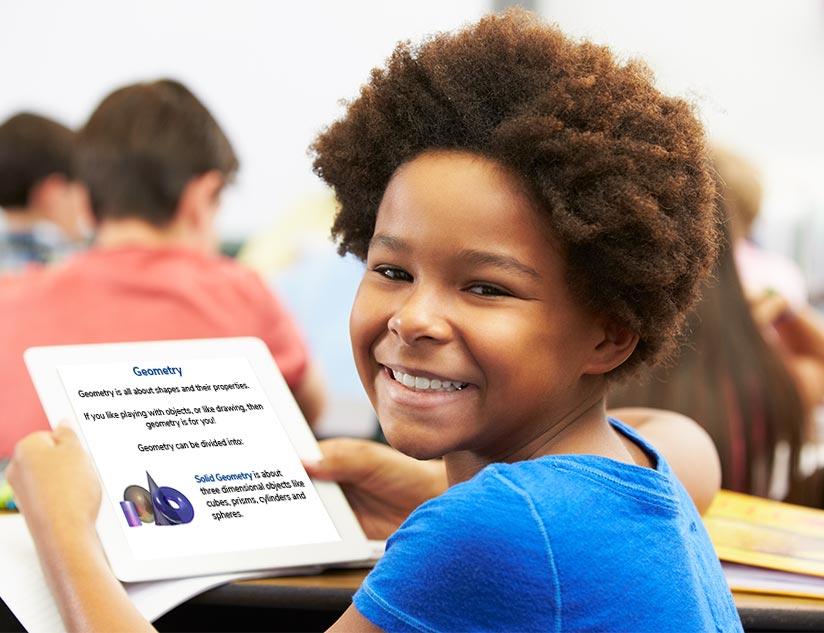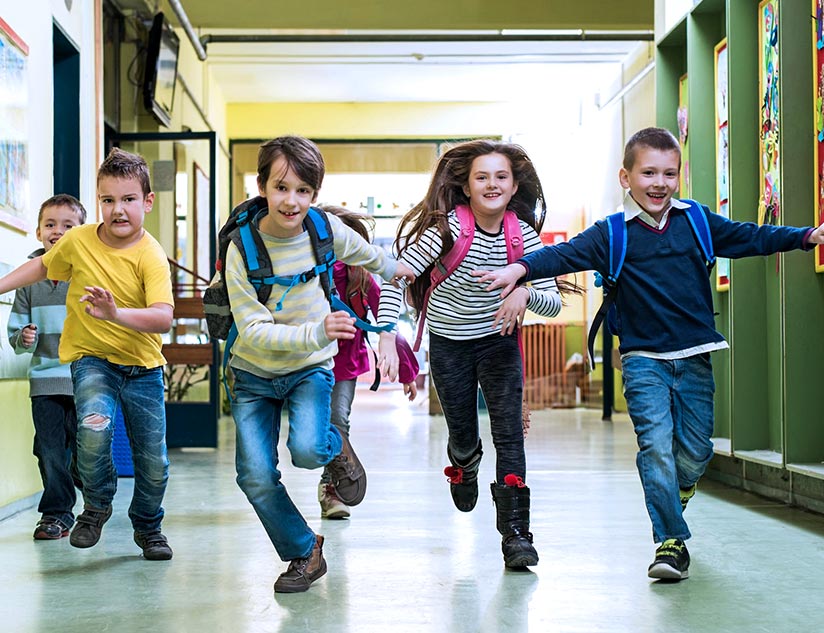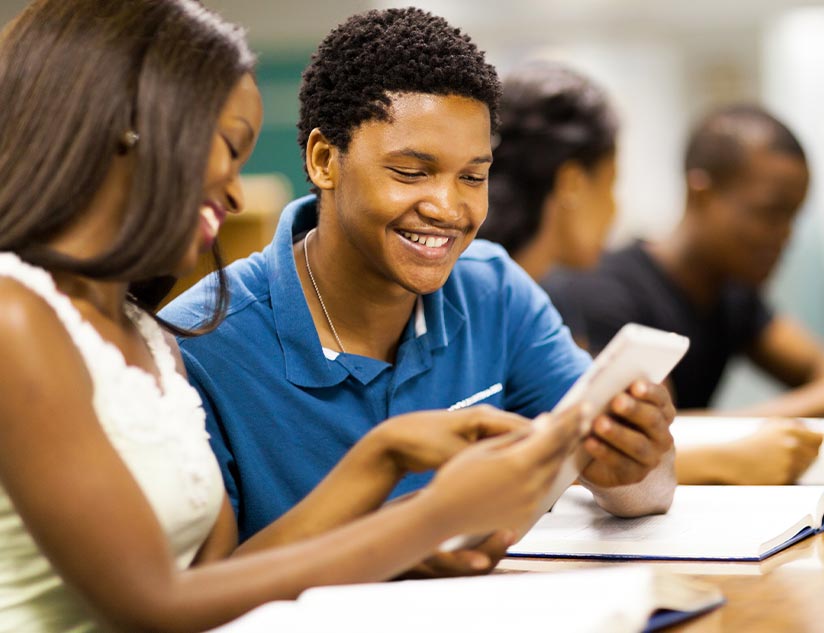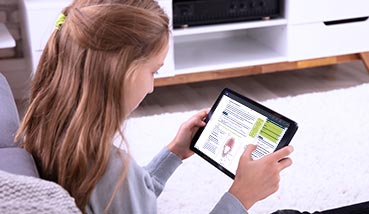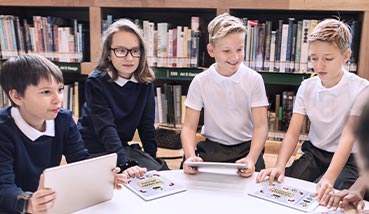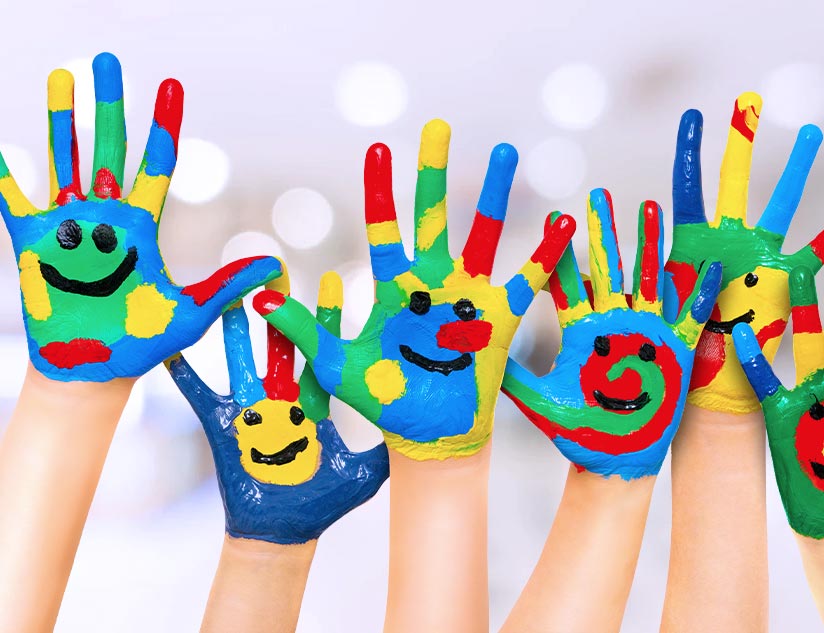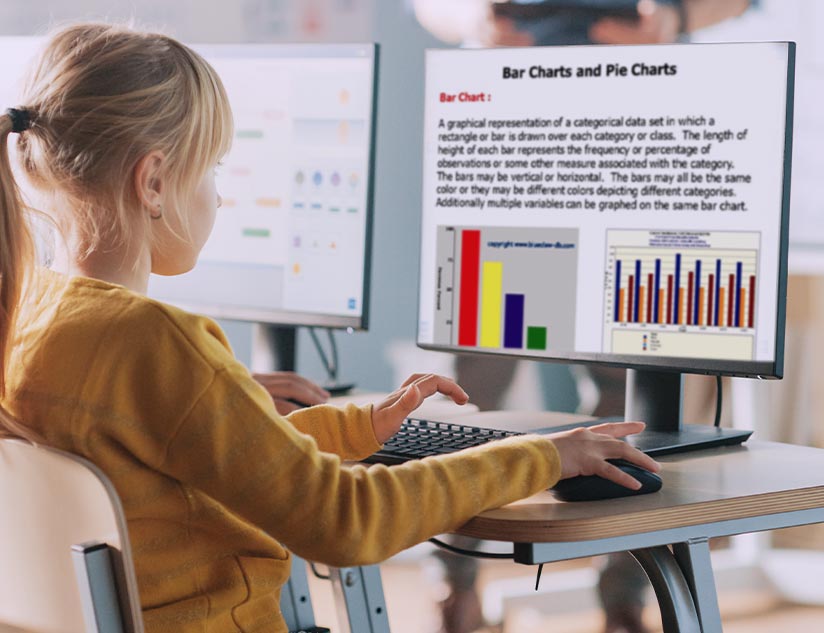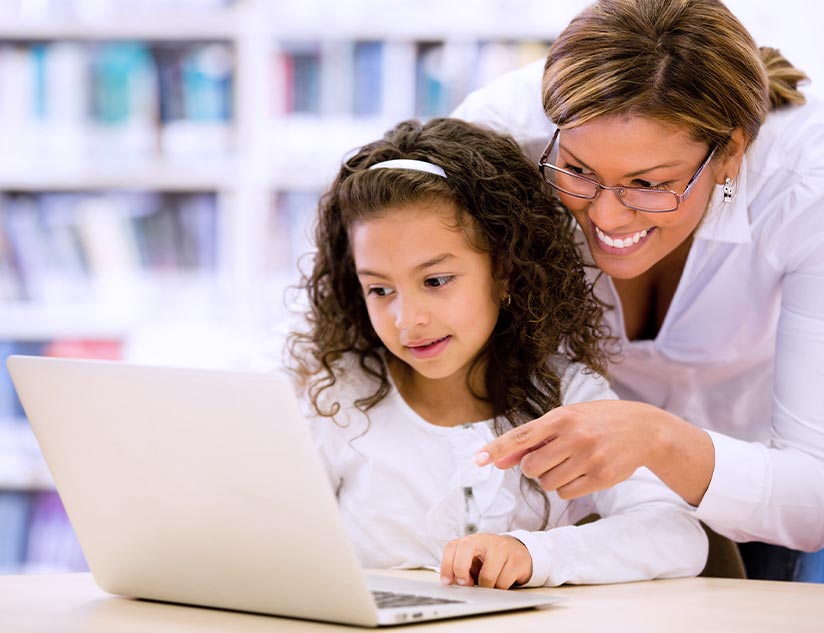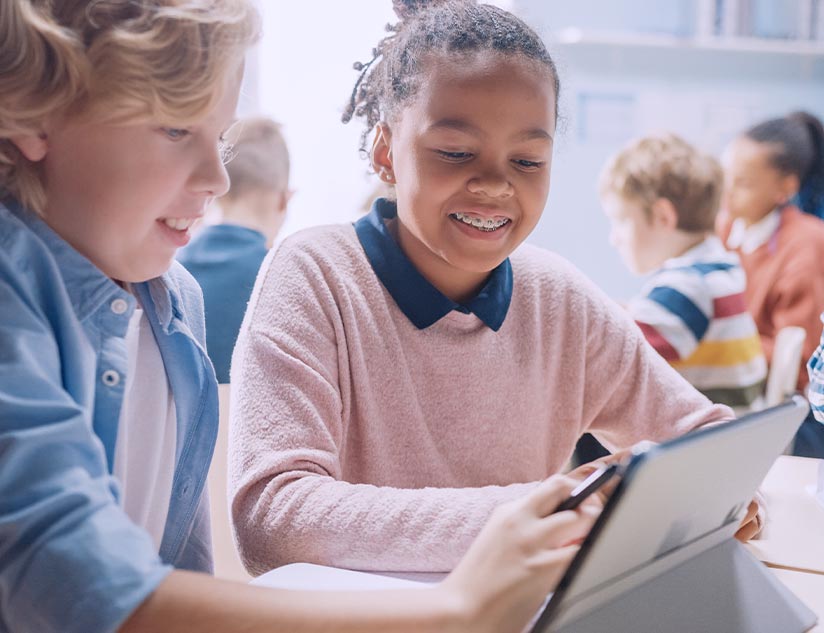Personalized learning is not a new concept. Depending on the definition, personalized learning can be as old as Rousseau or even Aristotle. It can also be as modern as the early 20th century when educational psychologist Benjamin Bloom found that students who received personalized education outperformed those who did not. Bloom even challenged the academic community to replicate the results of such one-on-one tutoring.
But one thing is clear, it did not get the recognition or the acceptance it deserved until the 21st century. One of the reasons behind the increased focus on personalized learning was the Bill and Melinda Gates Foundation providing funding and political advocacy for this “new” form of learning.
It is only in recent years that we have started to move away from the factory model of classroom learning to the more modern and effective “personalized learning.” Personalized learning aims to put the student at the center of the learning experience, whereas, in the traditional classrooms, the teacher is the focal point. In a sense, personalized learning flips the classroom.
The Need for Personalized Learning
Some might think, what’s the big deal about personalized learning? And what is the need for changing a model that has been working fine for such a long time? The answer is simple. Personalized learning is just much better. It is like the next step needed to improve the education system, similar to the introduction of standardized tests in the 1920s.
In fact, research shows that personalized learning improves academic outcomes. In a study, the reading and mathematics scores of around 5,500 students across 32 NGLC schools were evaluated for a complete academic year. It was found that within a single year of personalized learning, there was a 2 percentile point increase in the mathematics score of the students who received personalized education. These students also gained 2 percentile points in reading. Some of the reasons for this improvement in learning outcomes, due to personalized learning, are:
- Allows Self-Paced Learning
The traditional model follows a one-size-fits-all approach. But this does not work for all students. Different students learn at different speeds. Some might grab a concept extremely quickly, while some might need to go over the concept multiple times to understand it. When the teacher moves at a single speed, one of these groups of students is bound to be dissatisfied. The quick learners can get bored or the slow learners might get left behind. But with personalized learning, the speed of the lesson can be modified to the needs of each student.
- Caters to Different Learning Styles
Similar to learning speed, different students have varying learning styles as well. Some might be auditory learners, while others could be visual learners. Research shows that 65% of the population is made up of visual learners. But the learning needs of this section are largely ignored because of the rigid one-dimensional approach of the traditional learning system. In case of personalized learning, the delivery system most suited to the learning needs of the student can be used.
- Improves Engagement
Personalized learning has also been found to boost student engagement. This is usually because of the choice of learning methods and assignments presented in personalized learning. Students get a higher sense of competence and autonomy when they are able to exert their choices.
- Facilitates Design Thinking
Design thinking and personalized learning are closely linked. Design thinking is particularly important in business, healthcare and other fields that require problem-solving skills. With personalized learning, students are able to gain a deeper understanding of the topics, with increased retention. This facilitates design thinking.
Implementing Personalized Learning with MagicBox™
Technology is vital for the efficient implementation of personalized learning. Magicbox™ is an award-winning platform that provides all the EdTech tools required to personalize education. Some of the ways it helps are:
- With MagicBox™, teachers and school authorities can get detailed analytics and reporting about each student. They can track student performance and identify students who might need greater support. They can also track how students are interacting with different pieces of content. This provides insights into learner behavior and needs. With this data, educators can craft a learning path suited to the particular needs and preferences of each student.
- MagicBox™ also provides students with the choice of learning at their own speed. Students can go over lessons again and again until they understand it. Since students can learn on the device of their choice, at any time and from anywhere, they gain much more flexibility.
- Teachers can also provide personalized feedback using the platform. In partnership with Bongo, MagicBox™ offers the ability to provide pointed feedback to individual students using time-stamped text and video comments.
- Teachers can also use video, audio, interactive and gamification features in their lessons. This helps fulfill the needs of students with different learning styles.
Personalized learning is vital for effective education. But for its successful implementation, you need the right technology platform. Contact us to know more about how you can achieve this with MagicBox™.

